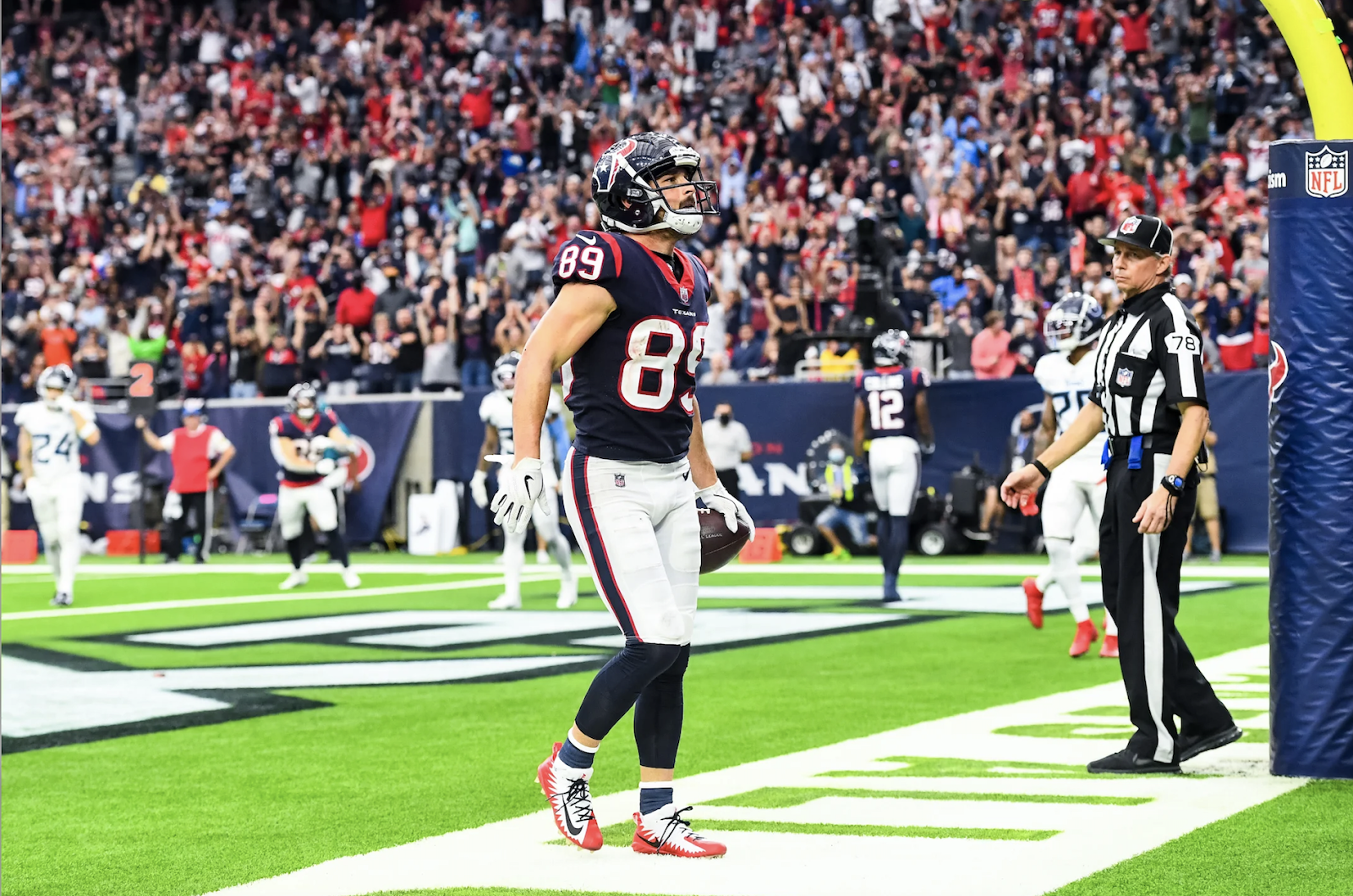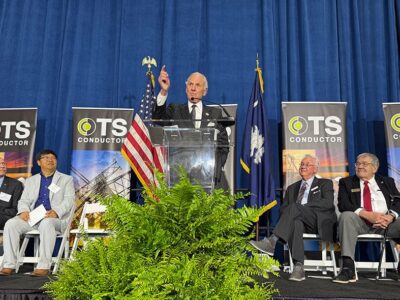The Houston Texans’ home field’s name has always been associated with energy. Reliant Stadium was its name when it opened in 2002 as Reliant Energy had purchased the stadium’s naming rights. NRG Energy purchased Reliant and took over the stadium’s name in 2014. NRG’s involvement isn’t just for brand publicity; however, the corporation also has taken an active role in improving the stadium’s energy and sustainability policies. “One of the reasons we believe in having our name on a stadium like this is we want people to realize how affordable and reliable renewable energy solutions can be,” stated Pat Hammond, NRG’s director of media relations.

Once it bore NRG’s name, the stadium undertook an energy makeover that transformed the venue into one of the first in the NFL to have its field illuminated with an array of high-efficiency LED lights.
The stadium’s field lighting consists of over 65,000 light-emitting diodes (LEDs) that have been mounted in 480 optically enhanced luminaries. This highly efficient system draws 337 kilowatts at full power, representing a 60% drop in the previous system’s energy usage. LED lights’ energy-saving qualities include dimming and instant on-and-off abilities that standard lighting lack.
“This new lighting system will provide a more vibrant game experience for fans in the stadium and at home,” then-Texans president Jamey Rootes told bizjournal.com in 2014. LED lights, moreover, enhance the fan experience. They don’t flicker, offer programmable color-changing capabilities, and integration with the stadium’s audio system.
NRG Stadium’s environmental measures extend beyond LED bulbs. Motion sensors control the office and restroom lights, helping to decrease unnecessary electrical use. The restrooms, similarly have motion sensor sinks and flush valves to conserve water consumption. NRG Stadium boasts an eVgo electric vehicle parking lot that is populated with six charging stations. The stadium, which is also home to the Houston Livestock Show and Rodeo (the world’s biggest livestock show), was built with a retractable roof (the first NFL stadium to have a retractable roof, in fact) to combat Texas’ notoriously hot climate. Thermal-controlled switches were installed in the stadium’s fans to better regulate the stadium’s interior temperatures. Similarly, the press box’s window shades can be lowered to cut down on ambient heat buildup when temperatures rise too high.
Besides devising ways to address energy usage caused by Houston’s typically hot and humid climate, NRG Stadium also has tapped into the sun as a power source. Nearly 600 solar panels were installed along the stadium’s pedestrian bridges and the main entrance’s canopy. These panels generate enough energy to offset an estimated 22 households each year in the Houston area. Furthermore, NRG Stadium is part of a larger grouping of venues known as NRG Park. In 2021, NRG Park’s seven venues were equipped with more than 25,000 solar panels that will provide an annual savings of 1,136,725 kW of energy. As a result, there is a greenhouse gas savings of 806 metric tons of carbon dioxide, which equates to a carbon savings of 987 acres of U.S. forestlands.
Energy represents only one facet of NRG Park’s sustainability master plan. More than 250 waste collection bins are located around NRG Stadium as part of a recycling program that focuses on diverting glass, plastic, and cardboard from landfills. Excess food gets donated to local shelters instead of going to waste. This strategy dovetails with NRG Parks’ overall goal to support eco-friendly vendors.
NRG Parks have also reduced the use of chemical products by generating a chemical-free cleaning solution on-site. Thirty acres of green space, including more than 2000 trees and two permanent water installations, have been incorporated into the NRG Park complex as well.

Super Bowl LI, which took place in 2017, proved to be an excellent showcase for NRG Stadium’s impressive sustainability efforts as it fit in with the Super Bowl Host Committee’s desire to “reduce the environmental impact of Super Bowl activities and leave a ‘green’ legacy throughout the Greater Houston Area.” The already strong recycling program was upgraded when more recycling bins were placed around the stadium before the Super Bowl, while items, such as sign materials, carpet, fabric, and building décor, were donated to local organizations instead of being thrown away. Food prepared but not served was given to shelters, missions, soup kitchens, and other community programs.
A variety of special community events were held in the run-up to the Super Bowl. The Super Kids: Super Sharing Sports Equipment and Book Donation event collected thousands of books, school supplies, games, and sports equipment that were donated to low-income schools and youth programs. Meanwhile, an E-Waste rally let residents drop off cell phones, televisions, computers, printers, and monitors that got properly recycled.
NRG Energy Inc. and its subsidiary Reliant Energy teamed with the NFL to have 100% Green-e certified renewable energy for NRG Stadium on Super Bowl Sunday. “Green” projects (featuring events involving pollinator planting, urban forestry, and the reforestation of Bastrop County to recover from 2012’s devastating fires) served to offset the energy generated during the game. NRG also supplied renewable energy certificates to help make the Super Bowl as sustainable as possible. “At NRG, we want fans to benefit from sustainable solutions, and together with the NFL, we can demonstrate that even a huge event like the Super Bowl can significantly reduce its energy usage,” stated Bruno Sarda, then NRG Vice President of Sustainability, prior to the game.
Super Bowl LI thrilled New England Patriots fans with their team’s remarkable come-from-behind overtime victory over the Atlanta Falcons as they played in their sustainable stadium.





